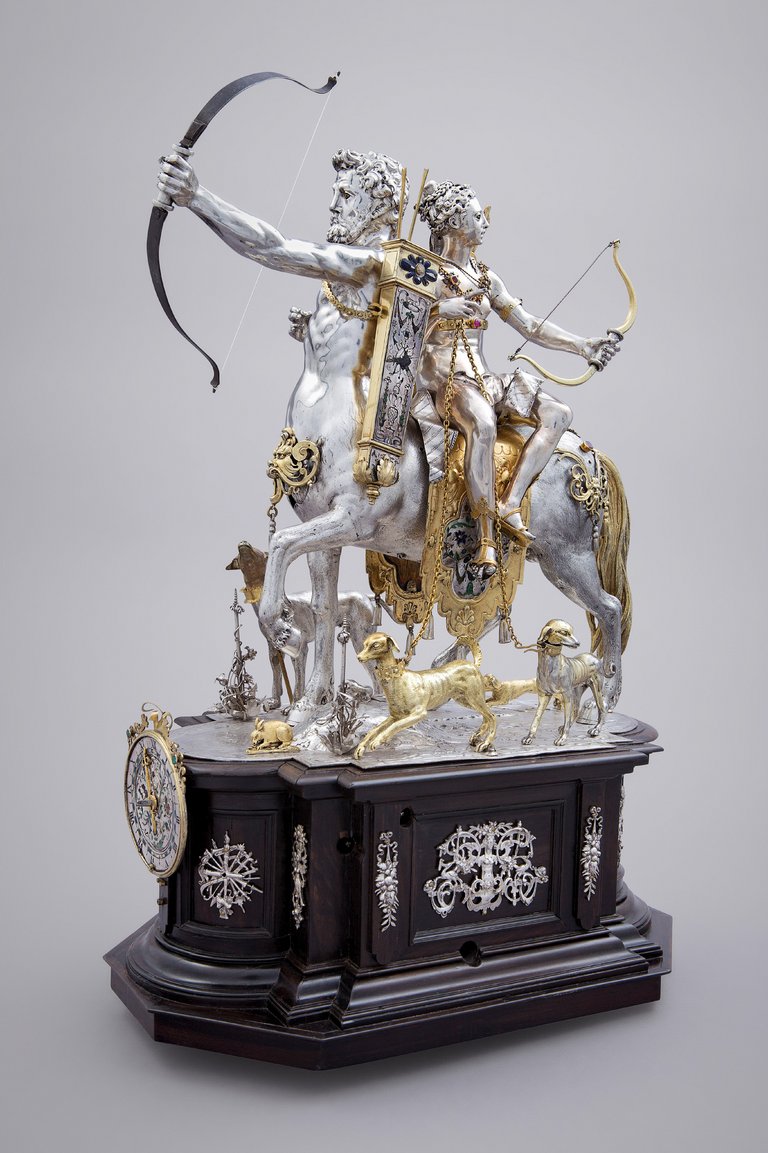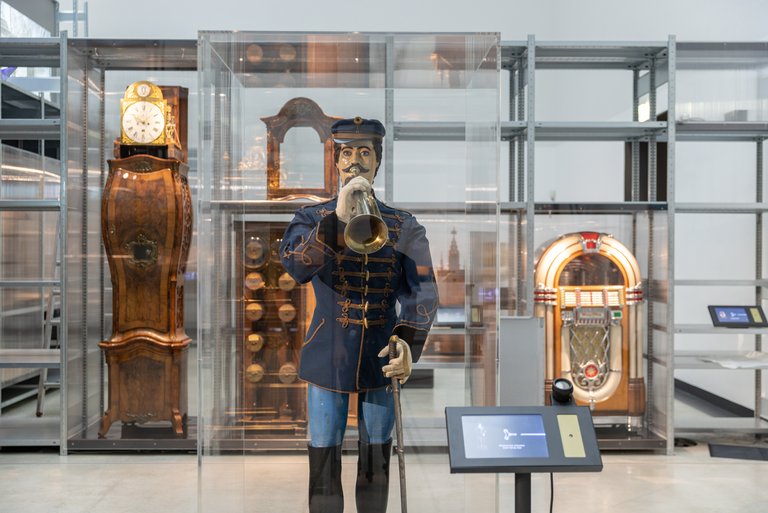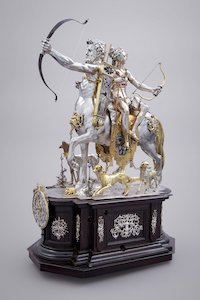
DRESDEN, Germany – Automata, androids and robots – they now dominate our professional and private environments and are expressions of the human desire to create artificial life. The Mathematisch-Physikalischer Salon (Mathematical and Physical Salon) and the Museum fur Sachsische Volkskunst and Puppentheatersammlung (Museum of Saxon Folk Art and Puppet Theater Collection), both part of Staatliche Kunstsammlungen Dresden (SKD), or the Dresden State Art Collections, are presenting roughly 70 of these artifacts in an exhibition titled The key to life: 500 years of mechanical amusement. The exhibition is on view through September 25 in the Kunsthalle im Lipsiusbau (art gallery in the Lipsiusbau).
For the first time, the SKD is showing the full range of its unique collection of mechanical figurines and amusements in one exhibition, supplementing them with constructions of artificial life. Beside the unique wealth of mechanical objects spanning from the Renaissance to the present day from the inventory of the Mathematisch-Physikalischer Salons, the Grunes Gewolbe and the Puppentheatersammlung, the exhibition also features selected loans from the Bayerisches Nationalmuseum (Bavarian National Museum), the Maximilianmuseum (Maximilian Museum) in Augsburg and the Roentgen-Museum Neuwied, among others.

Through several exhibition chapters on the mechanical figurines and tableaux from the period around 1600, 18th-century-androids and mechanical amusements in the 19th century to the nickelodeons and slot machines of the early 20th century and contemporary moving art, the exhibition showcases how the mechanical has fascinated people for 500 years.

The items on display include complicated mechanical tableaux from the late 16th century that feature not only agile figurines and playing drummers, but also movements on the tableau itself. A fur-covered bear beats its drum every hour on the hour. The replica iron hand of knight Gotz von Berlichingen is an excellent example of early modern prosthetics.

Contemporary research is also represented: the prototype mika² from Dresden University of Technology’s historical acoustic and phonetic collection is a mechanical simulation of the main parts of the human vocal tract, which was developed at the chair of speech technology and cognitive systems.
The exhibition’s interactive design allows visitors to bring the amusements to life themselves and understand their movements.
Visit the website of the Staatliche Kunstsammlungen Dresden (SKD) and see its dedicated page for The key to life: 500 years of mechanical amusement.



